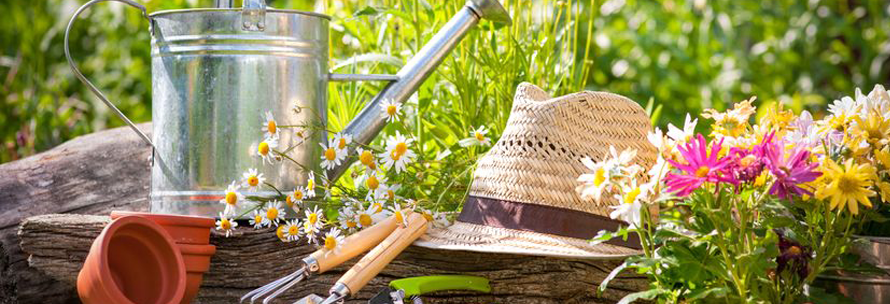The Gardeners Alphabet

The garden can be a treasure trove of interesting species and features. To prove the fact, here’s a gardeners alphabet from A-Z of some of the things that might reside there; some quite common, others slightly more unusual.
Gardeners Alphabet A-G
A – Asparagus – A spring speciality and one of the delicacies of the vegetable world.
B – Basil – If you start the seeds indoors before transferring them to the garden, you will enjoy one of the true tastes of summer.
C – Compost heap – An extremely productive and environmentally friendly way to utilise your organic waste.
D – Decking – An attractive way to extend the home into the garden.
E – Eggplant – Also known as the aubergine. If you’re growing them in the garden, please be mindful that they’re sensitive to the cold.
F – Fence – A wooden structure separating the garden from the world beyond.
G – Garlic – A must for any herb garden and magical enhancer of so many dishes.
Gardeners Alphabet H-N
H – Hen – Perhaps not as common a garden resident as in days gone by, but eggs from the supermarket will never taste the same as those laid at home.
I – Ivy – An evergreen climber that grows up walls and fences.
J – Japanese knotweed – A tall, fast-growing plant that some view as ornamental, but when treated as a weed it may need removing by a specialist.
K – Kale – Also known as leaf cabbage and in recent years recognised as a ‘superfood’.
L – Lawn – When carefully attended to, it is the centrepiece of any garden.
M – Mower – An essential piece of kit for looking after said lawn.
N – Node – The point on a stem from where leaves or flowers start to grow.
Gardeners Alphabet O-U
O – Onion – A staple of both the vegetable garden and the kitchen table.
P – Patio – A great place to put the barbeque when entertaining guests on a warm summer’s evening.
Q – Quince – A small fruit, resembling an apple, which is perfect for turning into jam.
R – Rose – Given pride of place in gardens throughout the ages, the red and white varieties are the symbols of two of England’s most historic counties.
S – Soil – The richer the better. It’s where the plants, flowers and vegetables begin their lives.
T – Tulip – From Aberdeen to Amsterdam, they enhance the colour of any garden.
U – Ursinia – Also known as the orange African daisy or the parachute daisy, it reaches a height of about one and a half feet.
Gardener Alphabet V-Z
V – Viburnum – Shrubs with dark green leaves and an abundance of white flowers. The viburnum beetle is a well-known garden pest.
W – Wheelie bin storage units – The stylish, practical place to keep all of your wheelie bins, including single, double and triple units.
X – Xeronema – Discovered growing on the Poor Knights Island, in recent years it has become a popular feature of gardens in New Zealand.
Y – Yarrow – A versatile plant with white or pink flowers, it has long been used in herbal medicine.
Z – Zinnia – Native to the Americas and a colourful member of the daisy family.
So there you have it: a gardeners alphabet. Why not challenge yourself and see how many alternatives you can come up with?








